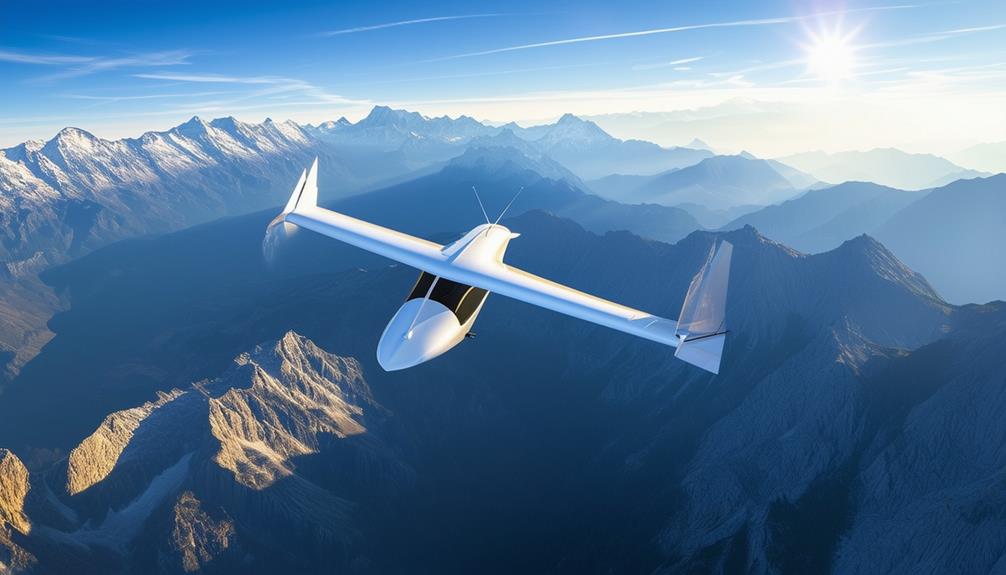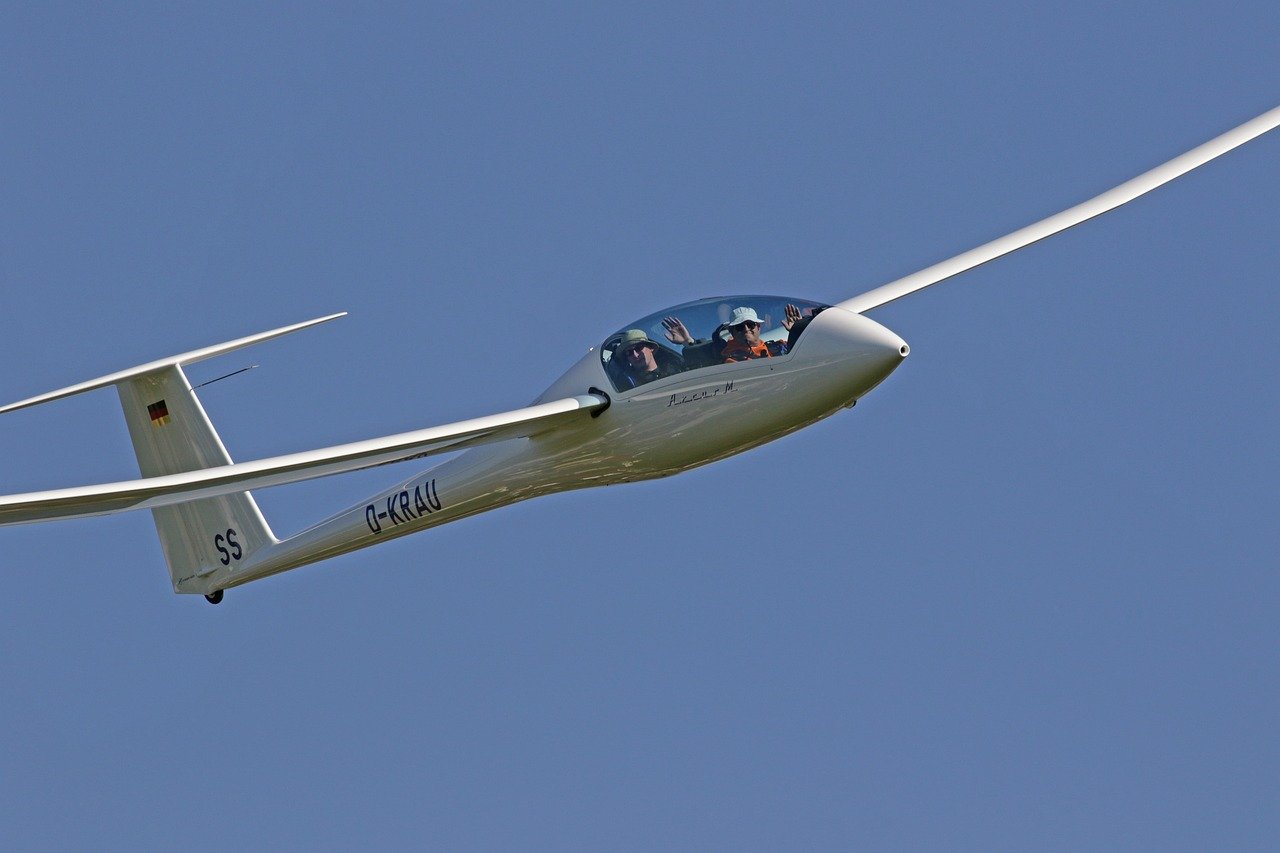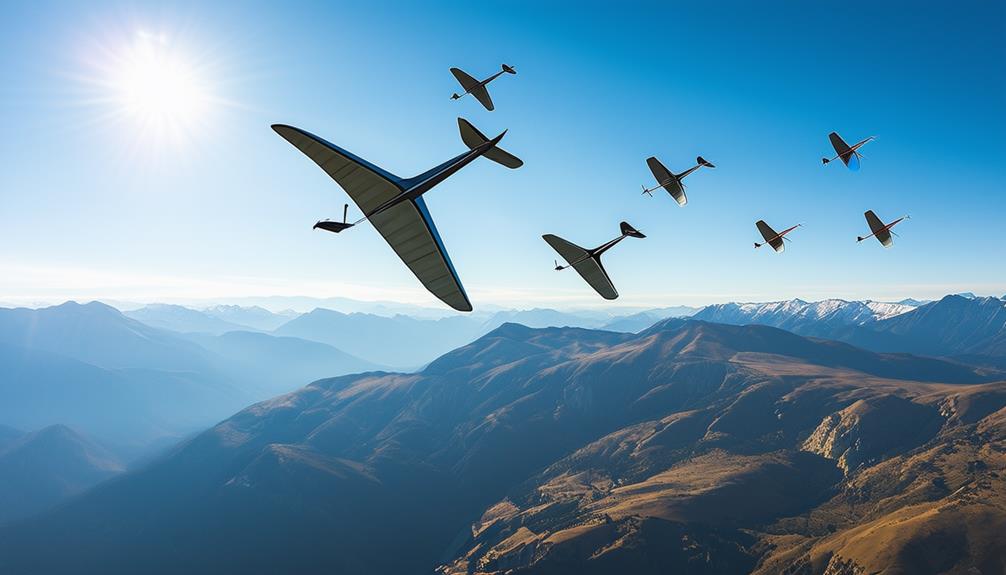The Influence of Gliding on Modern Aviation
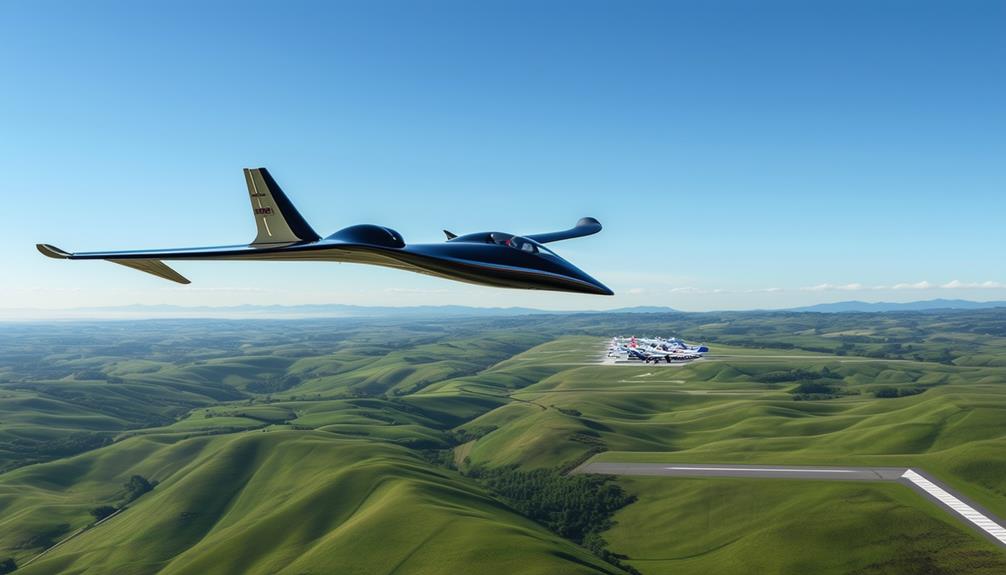
Modern aviation owes a significant debt to the principles and practices of gliding. Early pioneers, such as Otto Lilienthal in the 19th century, conducted groundbreaking experiments that laid the foundation for contemporary flight.
The concepts of maximizing lift and minimizing drag, initially explored through gliding, have been instrumental in advancing aircraft design and efficiency. Beyond improving aircraft performance, gliding has also influenced unexpected areas like pilot training methods and space exploration. This seemingly simple activity has, therefore, played a crucial role in shaping the complex field of modern aviation.
Early Gliding Experiments
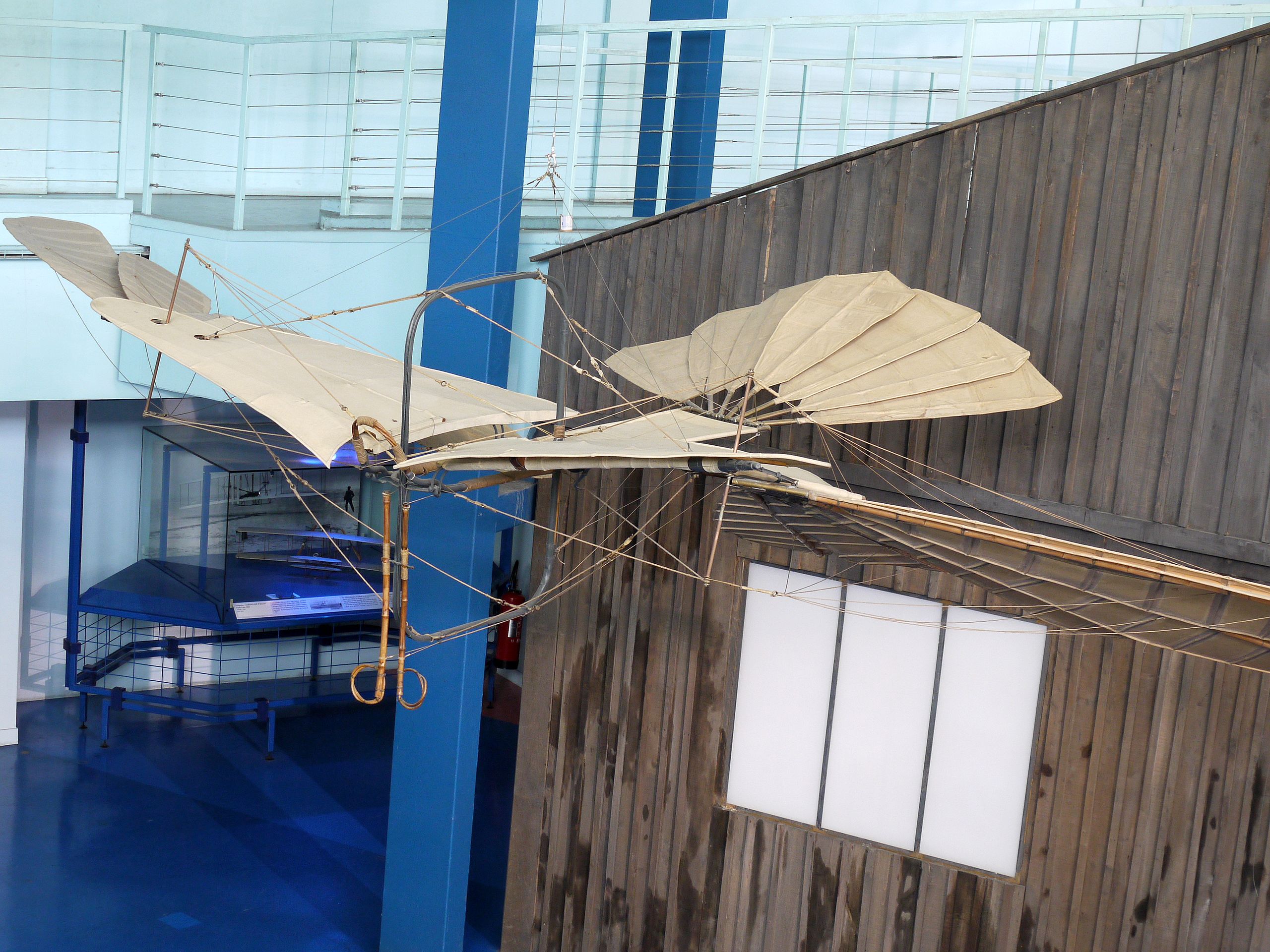
Early gliding experiments in the 19th century, spearheaded by pioneers like Otto Lilienthal and later, the Wright brothers, laid the foundation for modern aviation. These early endeavors weren't merely hobbies but crucial steps in understanding the principles of flight.
Otto Lilienthal, often referred to as the 'Glider King,' conducted over 2,000 flights, meticulously documenting his findings. His work underscored the importance of wing shape and control, which remain fundamental to aviation.
Lilienthal's gliders, though simple, revealed essential principles of aerodynamics. His designs featured high aspect ratio wings, which provided better lift-to-drag ratios, making his flights more efficient.
While Lilienthal focused on unpowered flight, his experiments had a direct influence on the Wright brothers, who eventually achieved powered flight. The Wright brothers built upon Lilienthal's insights, leading to significant advancements in aircraft control.
These early gliding experiments were pivotal not only in teaching how to stay airborne but also in emphasizing the importance of pilot skill and precision. Without the foundational work of Otto Lilienthal and his contemporaries, the rapid advancements in aviation that followed wouldn't have been possible.
Aerodynamic Advancements
Aerodynamic advancements in gliding have revolutionized modern aviation by significantly enhancing performance and efficiency. By utilizing high aspect ratio wings, gliders can achieve glide ratios up to 70:1, allowing them to travel much further horizontally for every unit of vertical descent, thus making them extremely efficient.
| Feature | Impact on Aviation |
|---|---|
| High aspect ratio wings | Improved glide efficiency |
| Composite materials | Increased performance |
| Reduced induced drag | Enhanced aerodynamics |
High aspect ratio wings are a game-changer. These wings, being longer and narrower, significantly reduce induced drag, enabling smoother and more energy-efficient flights. Modern gliders have inspired commercial aircraft, such as the Boeing 737 Max series, which incorporates higher aspect ratios for better fuel efficiency and performance.
Composite materials, commonly used in gliders, also play a crucial role. These materials are lighter and stronger than traditional metals, contributing to superior overall performance. Reduced induced drag, another focus in gliding, directly translates to lower fuel consumption and extended flight ranges.
The principles of energy efficiency and aerodynamic refinement derived from gliding extend beyond aviation. They have influenced space exploration, NASA missions, and even experimental electric planes, demonstrating the broad impact of gliding innovations on modern technology.
Aircraft Design Innovations
Modern aircraft design has been profoundly shaped by innovations inspired by gliding technologies. High aspect ratio wings, a hallmark of glider design, have been adopted to improve performance. These wings reduce drag and increase lift, enhancing efficiency. For example, the Boeing 737 Max series incorporates higher aspect ratios, reflecting advancements rooted in sailplane technologies.
Gliders have also spurred the use of composite materials in aviation. Lightweight and strong, composites are now standard in both commercial and experimental aircraft, reducing weight and improving fuel efficiency and overall performance.
Experimental electric planes further demonstrate the influence of glider design. These aircraft often feature long, narrow wings equipped with solar panels, inspired by the efficient designs of gliders, contributing to sustainable aviation.
The influence of gliding is evident even in space tourism. Control systems for enhanced flight stability and maneuverability in gliders are being adapted for spacecraft, promising smoother and safer travels. In essence, glider design continues to set and elevate the standards of modern aircraft.
Pilot Training Techniques
When learning to glide, you'll participate in simulated flight scenarios to build your confidence and skills. Mastering aerodynamic principles is essential for understanding and effectively utilizing air currents. You'll also practice emergency procedures to ensure preparedness for any unexpected situations.
Simulated Flight Scenarios
Simulated flight scenarios are a cornerstone of modern pilot training, providing a realistic and controlled environment to practice and perfect essential skills. When you step into a flight simulator, you encounter lifelike flight controls, weather conditions, and airport settings, allowing you to refine your decision-making abilities, manage emergency procedures, and perform complex maneuvers without the inherent risks of actual flight.
These simulations are indispensable for handling challenging situations safely. You can practice responding to severe weather, engine failures, and air traffic issues, all while staying grounded. This controlled exposure not only builds your confidence but also sharpens your skills, making you a more competent and prepared pilot.
Furthermore, simulators can replicate various aircraft types, from small single-engine planes to large commercial jets, enabling you to train on the specific aircraft you'll be flying. They also offer scenarios involving different airports and runways, thus preparing you for a wide range of flying conditions globally.
Training in these simulated environments significantly enhances overall safety. You can test different responses to critical situations, ensuring you're well-prepared for real-life emergencies. Mastering these scenarios results in you becoming a more proficient and confident pilot.
Aerodynamic Principles Mastery
Building on simulated flight scenarios, mastering aerodynamic principles is essential for excelling in gliding. As a glider pilot, your proficiency depends on understanding how to exploit updrafts and maintain an optimal glide ratio. This involves fine-tuning your skills to achieve maximum distance with minimal altitude loss.
Focus on these three critical aspects:
- Understanding Updrafts: Efficiently identifying and navigating through thermal updrafts is crucial for prolonged flight. This skill allows you to optimize altitude gains without unnecessary energy expenditure.
- Improving Glide Ratio: The glide ratio measures your glider's efficiency in converting altitude into distance. Mastering this requires precise control of speed and angle of descent, ensuring you cover more distance with less altitude loss.
- Using Instrumentation: Modern gliders are equipped with advanced instruments that help you interpret aerodynamic conditions and make real-time adjustments. Familiarizing yourself with these tools enhances your ability to maintain peak performance under varying conditions.
Emergency Procedures Drills
Mastering emergency procedures through rigorous drills is essential for handling in-flight emergencies with confidence and precision. These drills in pilot training involve practicing responses to various critical scenarios, such as engine failure, electrical malfunctions, and cabin depressurization. Simulating these emergencies enhances your readiness and decision-making skills, crucial for managing high-stress situations effectively.
Regular engagement in emergency procedures drills ensures your responses are swift and effective during real-life crises. These training sessions emphasize muscle memory, enabling you to react quickly without overthinking. The drills prepare you not only for technical failures but also for maintaining composure and making sound decisions under pressure.
Incorporating these drills into your training regimen means you're practically applying theoretical knowledge. This hands-on approach ensures that, in an emergency, your muscle memory and rapid reaction times activate automatically. Continuous practice builds a solid foundation of skills and instincts, making you a more competent and reliable pilot.
Maximizing Lift Efficiency
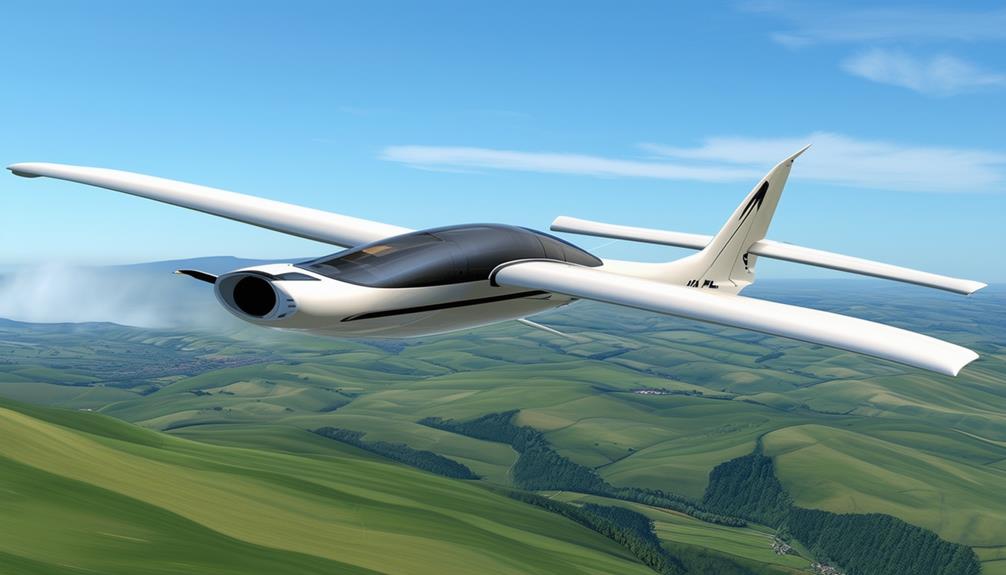
To maximize lift efficiency in gliders, it's crucial to optimize the airfoil shape and choose advanced wing surface materials. Modern gliders often utilize the Göttingen airfoil series and composite materials, significantly enhancing their performance. These innovations lead to impressive glide ratios and extended flight times, continuously advancing the field of aviation.
Airfoil Shape Optimization
Optimizing airfoil shape is essential for maximizing lift efficiency and enhancing the gliding performance of modern aircraft. By focusing on airfoil shape optimization, you directly influence the aircraft's lift and drag characteristics. Advanced airfoil designs have enabled modern gliders to achieve impressive glide ratios and efficiency.
To achieve optimal results, it's crucial to refine the curvature and thickness distribution of the airfoil. This process enhances aerodynamic performance, leading to improved lift generation. Computational fluid dynamics (CFD) simulations play a pivotal role in this process, allowing for the analysis and improvement of airfoil shapes without extensive physical testing.
Here are the key components of airfoil shape optimization:
- Curvature Refinement: Adjusting the curvature significantly impacts the lift-to-drag ratio, enhancing the aircraft's efficiency.
- Thickness Distribution: Modifying the thickness distribution reduces drag and improves lift, which is vital for superior gliding performance.
- CFD Simulations: Utilizing CFD simulations enables virtual testing of different airfoil designs, saving time and resources while ensuring excellent aerodynamic performance.
These strategies collectively contribute to the development of highly efficient airfoil shapes, ensuring better performance and reliability in modern aircraft.
Wing Surface Materials
Modern gliders achieve remarkable lift efficiency and reduced weight by using composite materials like carbon fiber and fiberglass. These materials offer an exceptional strength-to-weight ratio, enhancing the performance of glider wings. Opting for composite materials not only reduces weight but also enables more intricate wing designs that optimize aerodynamics and boost lift.
Composite materials have allowed for higher aspect ratios in wing designs, leading to better glide performance and overall effectiveness. A higher aspect ratio results in wings that generate more lift with less drag, allowing for longer, more efficient flights.
The advancements don't stop there. Incorporating advanced composite materials in glider wings has significantly impacted the sport of gliding. Increased glide ratios mean your glider can travel farther for each meter it descends, resulting in longer flight durations and extended airborne experiences.
Minimizing Drag Impact
Minimizing drag is crucial for enhancing the performance and efficiency of modern gliders. One primary challenge in glider design is managing induced drag, caused by vortices at the wingtips. To address this, contemporary gliders often feature high aspect ratio wings, which are long and slender. These wings help reduce induced drag, thereby improving glide efficiency and overall performance.
Additionally, the choice of materials is essential for drag reduction. Modern gliders frequently use advanced composite materials such as carbon fiber and fiberglass. These materials are lightweight and provide smooth surfaces, which help minimize skin friction drag. Incorporating these advanced materials significantly lowers the overall drag on the glider.
Improved aerodynamics also play a critical role in reducing drag. By optimizing the shape and surface of the glider, you can decrease both form drag and parasitic drag, resulting in higher glide ratios and extended flight durations.
Here are three key strategies to minimize drag impact:
- High Aspect Ratio Wings: Reduce induced drag for enhanced efficiency.
- Advanced Composite Materials: Minimize skin friction and decrease overall weight.
- Optimized Aerodynamics: Lower form and parasitic drag for superior glide performance.
Influence on Modern Aircraft
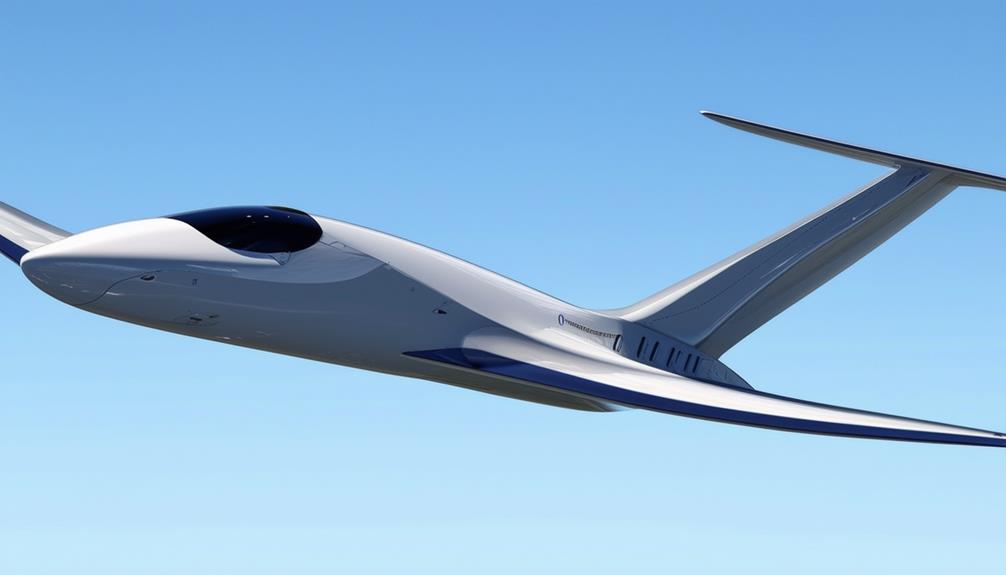
Gliding technology has significantly influenced the design and performance of modern aircraft, leading to innovations like higher aspect ratio wings and advanced control systems. For instance, the Boeing 737 Max series features higher aspect ratio wings, a design inspired by gliding principles. These wings reduce drag and improve fuel efficiency, making flights more economical and environmentally friendly.
Experimental electric planes also showcase gliding's impact. They often have long, narrow wings similar to those of sailplanes, and some even use solar panels to extend flight duration. The U-2 reconnaissance aircraft exemplifies this influence with its long wings that enable exceptional high-altitude performance and fuel efficiency, highlighting the practical advantages of gliding technology.
Virgin Galactic's carrier for space tourism further illustrates gliding's influence. Its high aspect ratio wings are designed to provide optimal lift and stability at various altitudes, mirroring the efficient designs found in gliders. Advanced control systems initially developed for gliders are now enhancing the entire flight experience, especially in the burgeoning field of space tourism. Clearly, gliding technology has left a lasting mark on modern aviation, driving innovation and performance improvements across various sectors.
Gliding in Military Aviation
Military aviation is increasingly adopting glider technology for its efficiency and stealth capabilities. These silent aircraft offer several significant advantages over traditional military aircraft. First, gliders are highly cost-effective. They don't require expensive engines or fuel, significantly reducing operational costs.
Second, their stealth capabilities are unparalleled. Producing minimal noise and having a low radar profile, gliders are optimal for covert missions. Third, gliders promote sustainable aviation. Modern materials and innovative designs minimize the environmental impact of military operations.
Key advantages include:
- Cost-Effectiveness: Gliders eliminate fuel costs, lowering overall expenses.
- Stealth: Silent operation and low radar visibility make them ideal for covert missions.
- Sustainability: Use of eco-friendly materials supports greener military operations.
Growing interest in glider technology is evident in legislative discussions about funding these projects. Embracing gliders could revolutionize military aviation, making it more efficient, stealthy, and sustainable.
Future of Gliding Technologies

The future of gliding technologies promises groundbreaking advancements in materials, aerodynamics, and energy-efficient designs that will redefine aviation performance and sustainability. Sailplanes are expected to achieve aspect ratios up to 51.33 and glide ratios up to 70:1, leading to reduced induced drag and enhanced energy efficiency.
Composite materials have already revolutionized glider performance, and their role will expand further. These advanced materials improve glide ratios and overall efficiency, making gliders lighter and stronger. Consequently, significant improvements will be seen not only in recreational gliding but also in the broader aerospace industry.
Energy-efficient glider technologies are increasingly being integrated into commercial aviation, reducing energy consumption and promoting sustainable flight options. Furthermore, unmanned aerial vehicles (UAVs) are benefiting from these advancements, addressing endurance challenges by optimizing energy efficiency.
Conclusion
Gliding has profoundly influenced modern aviation, shaping advancements from early experiments to contemporary technologies. By focusing on principles like maximizing lift and minimizing drag, aviation has become more efficient and sustainable. This influence spans improvements in commercial aircraft, pilot training, and military aviation. Looking forward, innovations inspired by gliding will continue to expand the possibilities in aviation.

